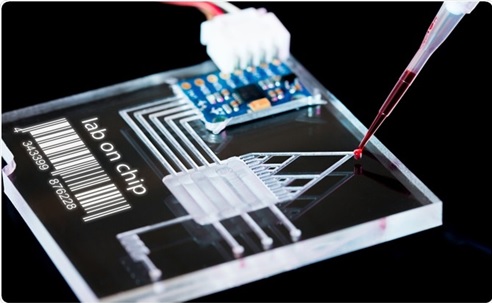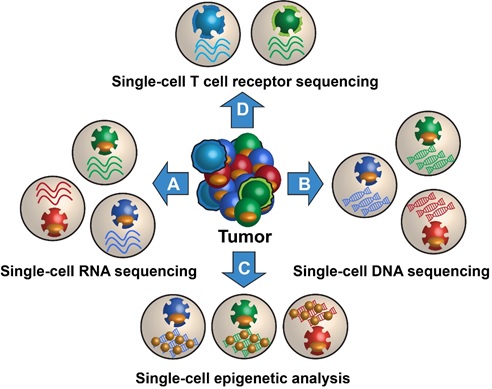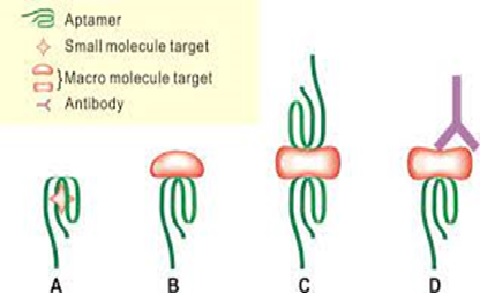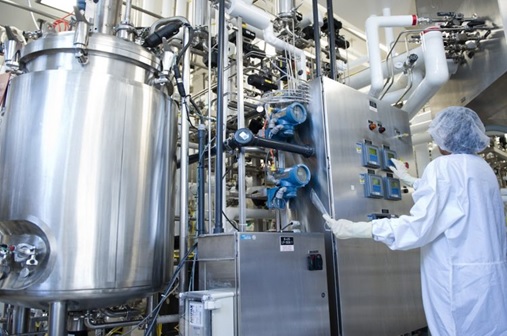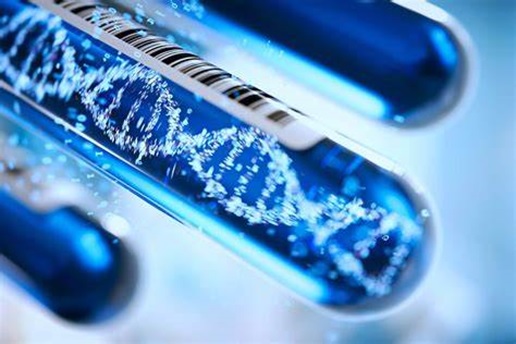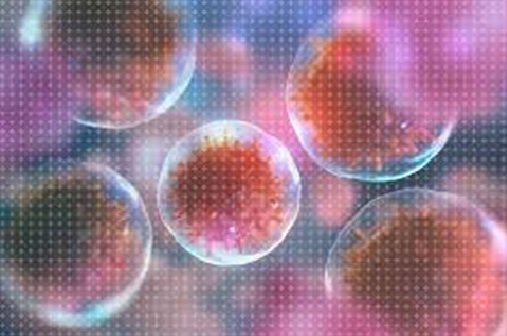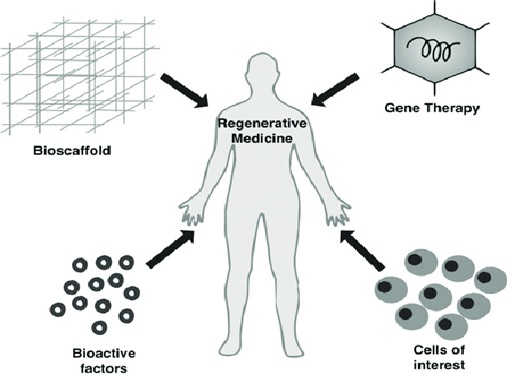Impact of Green Biotechnology
Green biotechnology deals with the use of environmentally friendly solutions as an alternative to traditional agricultural, horticulture, and animal breeding process. Example of agricultural applications of green biotechnology is the use of genetically altered plants or animals, development of [1] transgenic plants, genetic engineering of plants, manipulation and use of microorganisms to facilitate crop growth, producing fertile and resistant seeds, etc. Similarly, ecological applications include bioremediation, development figure 1 shown below of biofuels and biofertilizers, applications in geomicrobiology, microbial ecology, solid waste management, wastewater treatment.

Figure 1: Impact of Green Technology
It is specialized in the improvement of agricultural processes. It has obtained the obtaining of transgenic plants resistant to terrains and adverse environmental conditions as well as resistant to diseases and pests. This biotechnology is based on obtaining agricultural solutions that do not affect the environment.
The possibility of making plants acquire new characteristics that cannot be obtained with traditional techniques. The technical [2] procedure is very simple, consisting of the addition of a precise DNA sequence.
For technological progress, and especially for science, the above represents absolutely a quality passage compared to normal selection techniques, both the probability of success and the possibility of knowing precisely what has been altered.
Possibility of making the plants resistant to the attacks of parasites through resistant genes.
Given that the introduction of foreign genes to the diet, and therefore, to the human body can be dangerous, a potential risk could be the transfer of potentially allergenic proteins, that is, capable of determining, in some hypersensitive subjects, food intolerances.
To apply biotechnology requires high investments of money in the purchase of genetically improved seeds. Many farmers [3] do not have the resources so their productions will be technologically disadvantaged against those producers who can apply biotechnology.
With genetic manipulation, a modified gene is transferred to the DNA of a given organism, in such a way that it produces a protein that the starting organism cannot build.
According to studies they would not be dangerous but, nevertheless, the uncertainties persist and there are not enough guarantees for consumers. The precautionary principle is discussed.
References:
- https://www.cabdirect.org/cabdirect/abstract/20073118491
- https://explorebiotech.com/introduction-tools-and-applications-of-green-biotechnology/
- https://www.lorecentral.org/2018/08/advantages-and-disadvantages-of-biotechnology.html
Cite this article:
Nandhinidwaraka S (2021), Impact of Green Biotechnology, AnaTechMaz, pp. 16


